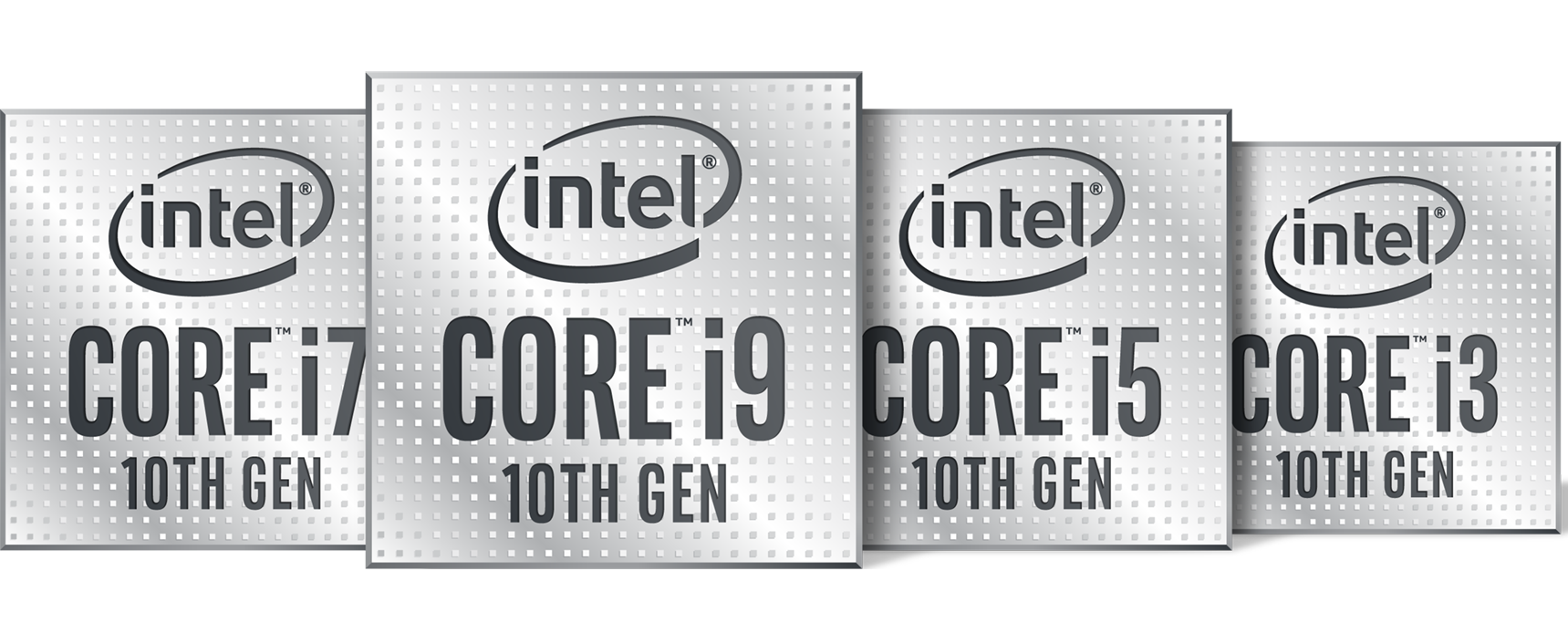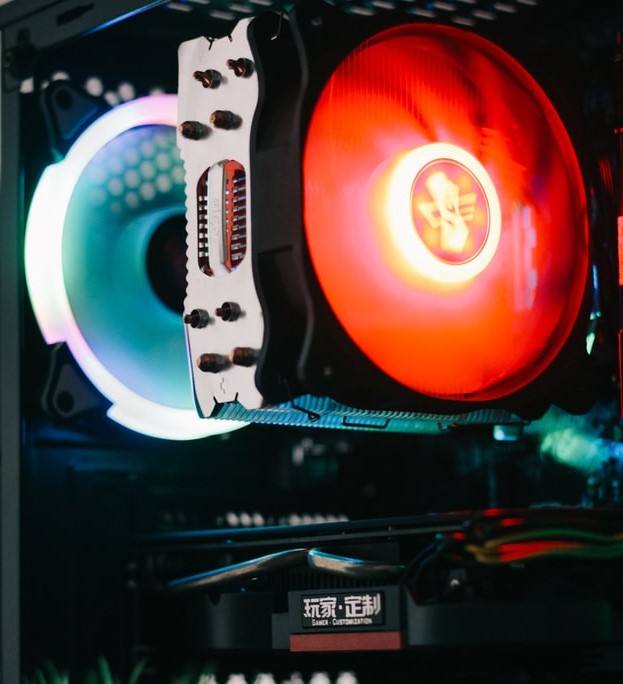Earlier in the year, Intel announced its latest range of 10th-gen desktop CPUs, known collectively as Comet Lake-S. Despite being yet another iteration of the same 14nm architecture from processors past, they have made sure to up the ante with meaningful improvements and some new features, all with the hope of rivaling AMD’s Ryzen 3000 series.
If you’re not sure what this new 10th generation entails, or whether to consider them for your future build, read on and we’ll tell you everything you need to know.

Core Count and Hyper-Threading
As part of their response to AMD’s seemingly unending core and thread increases, Intel has also fattened up their CPUs in comparison to their 9th-gen predecessors. However, this increase is only evident in the thread count and not each chip’s number of cores; the only CPUs in this new 10th gen lineup that have had both threads and cores increased are the i9s.
At the top of the lineup, the Core i9 is fitted with 10 cores and 20 threads (jumping up from 8 cores and 16 threads), the Core i7 chips have 8 cores and 16 threads, the Core i5 processors have been given 6 cores and 12 threads and the Core i3 CPUs get 4 cores and 8 threads.
By increasing each chip’s number of threads, their multitasking capabilities are increased as more instructions can be processed simultaneously. But their processing power doesn’t stop there. Hyper-Threading has also finally made its way across the entire range of CPUs this generation, rather than being a privilege afforded only to the higher power Core i7s and i9s as was previously Intel’s M.O. With this decision, this new range of chips can finally stand toe-to-toe with AMD’s mid-range and budget offerings when it comes to simultaneous multi-threaded performance.
It has also been reported that you will have the ability to disable Hyper-Threading on a per-core basis, most likely achieved through BIOS tweaking. Ultimately, this will provide more control over things like internal temperatures and performance power which may be a vital ability to have as these CPUs can generate quite a lot of heat.
Hot, Hot, Hot
Speaking of temperature control, one potential drawback of these 10th Gen CPUs is how hot they can get under an intense workload. The i7s and i9s specifically, can reach a TDP (Thermal Design Power) of 125w which translates to a rather warm internal environment. Keeping a PC running at this temperature over a sustained period can have detrimental effects on the components. So, to prevent damage from overheating, these components enter a safety protocol which decreases their performance, ultimately meaning you stop getting the full level of power you paid for. To combat this, an effective cooling system will need to be installed to keep each component functioning at its best for as long as possible.
Thankfully, to help with the dispersion of heat, Intel has slightly re-designed these chips to house a larger Integrated Heat Spreader (IHS). The Integrated Heat Spreader is the part of the CPU that is responsible for dispersing heat away from the component and so by definition, a larger IHS should help dissipate the heat more rapidly. This will allow the CPU to maintain its high clock speeds for longer, resulting in a better-sustained performance.

Turbo Boost Max 3.0
Intel has also introduced another layer of technology to this lineup of processors known as Turbo Boost Max 3.0. This technology works by identifying the 2 best-performing cores in the CPU at any one time and optimises them even further to make sure that you are always receiving the best possible performance in every task you do. Miraculously, it also manages to do this without any increase to voltage, which means the temperature of the CPU should not be further affected. (Phew.)
Intel 10th Gen CPUs Reach The Illusive 5GHz
Intel has also managed to crank the i9 tier of this Comet Lake generation above and beyond the illusive 5GHz clock speed, effectively labelling it “the fastest gaming CPU in the world”. Up to this point, consumer CPUs haven’t surpassed the 5GHz mark, but Intel has now managed to do it thanks to their new technology: Thermal Boost Velocity (TVB). This propels a single core to speeds of up to 5.3GHz when the overall CPU temperature is below 70 degrees Celsius. That boosted core will then be able to perform at a higher level for short bursts, ultimately helping with gaming and other heavy resource applications.
New Motherboards
Even though this new generation of CPUs still utilises the 14nm manufacturing process, one change Intel has made is to its socket. For at least a few rounds of chip releases, CPU makers will usually try and make the new batch of chips compatible with older motherboards so making the upgrade doesn’t have to be such a faff. However, there does come a time when the demands of a new generation of CPUs change, and with that, the sockets (and subsequently the motherboards) have to change too.
The Comet Lake CPUs use a new LGA1200 socket and will thus be released alongside a new range of motherboards, including the Z490, B460, H470, and H410.

No PCIe 4.0 Support in Intel’s 10th Gen
Another feature the Comet Lake processors won’t have is support for PCIe 4.0. Instead, they will be sticking with PCIe 3.0. This isn’t bad, per se, but PCIe 4.0 does help components like graphics cards and storage devices operate at double the speed that they currently do through PCIe 3.0.
Not all components are PCIe 4.0 compatible yet though, so Intel choosing not to include it as a feature means users won’t be missing out on too much – yet. AMD however, does support PCIe 4.0 with its Ryzen 3000 series CPUs, however, the PCIe 4.0 connection does create more heat so requires extra cooling methods.
Instead, some of the Comet Lake-S motherboards will have PCIe overclocking capabilities. This will give serious overclocking enthusiasts the ability to truly squeeze out every last drop of power from their system, including from the motherboard itself.
So, There You Have It
Those are the major features of Intel’s 10th Gen Comet Lake-S CPUs. With each of these features in mind, along with the things Intel hasn’t included, it will be interesting to see how they shape up against AMD’s Ryzen 3000 series. Will they be enough to turn the tide back in Intel’s direction? We’ll have to wait and see.
If you are interested in making the upgrade when the processors are released, make sure to get in contact with our expert Chillblast sales team. Taking onboard your every need, they’ll create a stellar PC for you down to the nuts and bolts.






